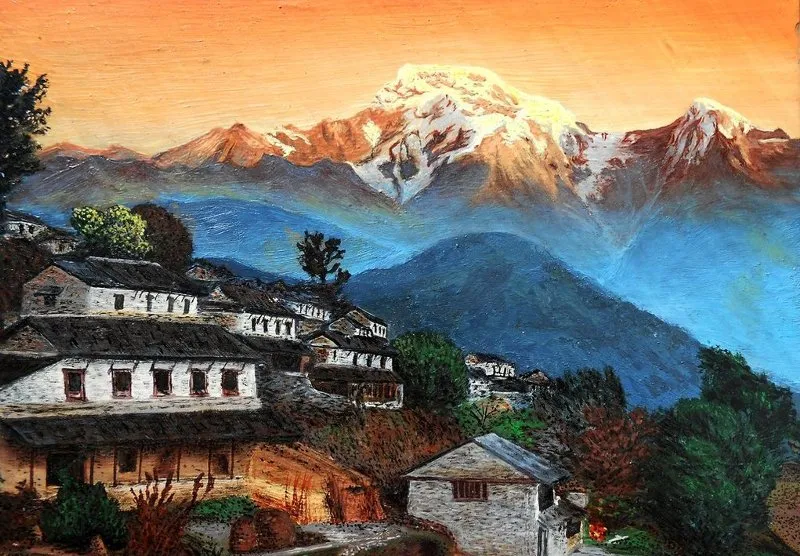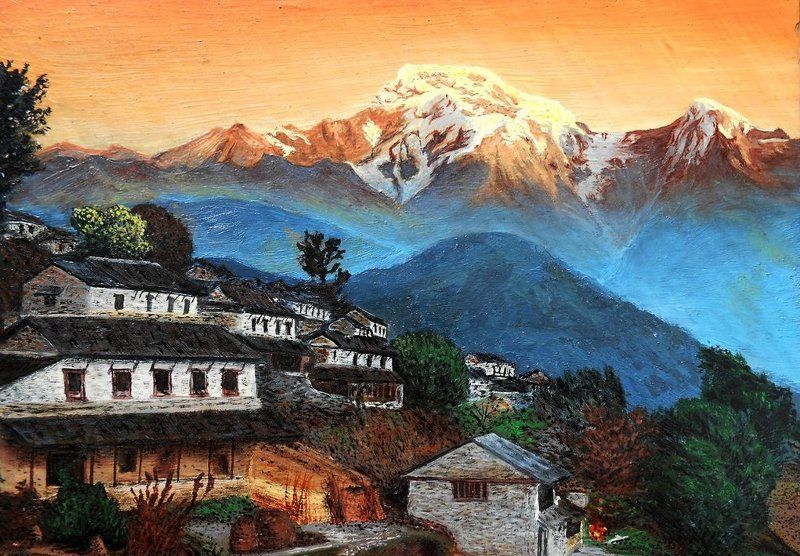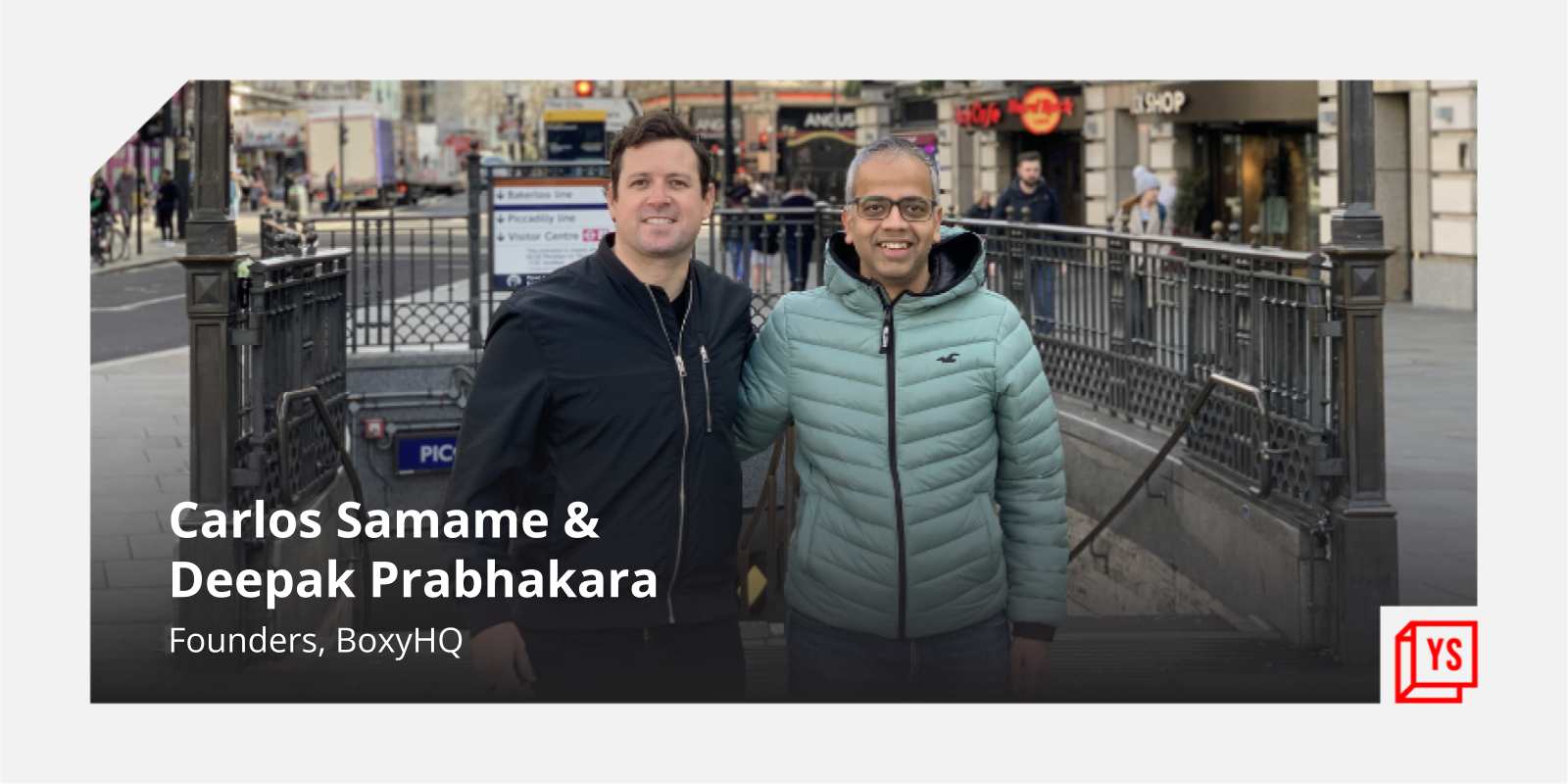‘It’s like running a marathon barefoot’: the story of a startup in Nepal

Building a social network from Nepal is not easy. But entrepreneurs are like children; curious and stubborn. They do exactly what they are told not to do. While starting 11Beep last year, most people I talked to said, “What you are trying to do is impossible.” The more I got those responses the more curious I became about why it was so hard to build a social network from Nepal? As I made the journey I got my answer.

I wanted to build 11Beep for myself first. I believe in the philosophy that everybody must be allowed to speak and share freely without any kind of self censoring. I have really honest opinions about politics, philosophy, spirituality, religions etc. But I would censor them in the current mainstream social networks. I knew my opinion could change with time but what I shared in a moment of high spirited enthusiasm would remain forever for people to judge me, even in the future. Hence, I started using social networks only for sharing and expressing safe content which would show me in good light, such as stuff I was reading on the internet, books I had read, and so on.
The single biggest challenge for me was to get the team together. I pitched my idea to two friends with whom I had worked earlier. We knew that we made a great team and I was elated that I could replace “I” with “we” pretty early. We decided that there would be three founders - a designer, a developer and a hustler.
But this elation lasted for a short period. Our designer friend backed out as he was deeply attached with a technology services company he had cofounded few years ago. He had worked hard for the past five years on his service company; finally it was maturing and had started yielding handsome returns on investment. He wasn’t emotionally ready to sweat out in the uncertainties of yet another start up.
After he left, we were left with a developer and a hustler. When we launched our first version in mid February, 2014, our design of the product was not so great though most of the things were functional. Despite knowing that it was not a great product we needed to release it because only release would tell us the product direction we wanted
to take; or more importantly, which direction we did not want to go in.
Another shocker came when the other "would be" cofounder disclosed that he would be leaving 11Beep to pursue his post graduation in Australia. Suddenly, it was back to “I” from “we”. By mid-February I was in a paradoxical situation. Happy because we were able to release the first version and unhappy that I had travelled full circle – from “I” - “We” - “I”, in a period of two months.
I began to understand why a startup from Nepal was difficult. First, it is so hard to start a company and take it to mildly successful level that you tend to burn out. Secondly, leaving the country is more lucrative than being in the country.
After this a whole new set of challenges came my way. One guy who doesn’t code, who doesn’t design, who is financially broke, who is as good as his team with only an idea was left alone to build a team, a product and a company. This was my biggest challenge.
The second was to break the vicious cycle. I needed a product and I needed money. To raise money you need a product with traction and to build a product you need money.
I thought of focusing on getting money first. I couldn’t put in my own money because I was financially broke. I couldn’t ask for money from my parents because they are not rich. I had friends from whom I could raise few thousand dollars. But they wouldn’t understand that the most likely outcome for a start up is failure and if I couldn’t return the money then I would be jeopardizing my friendships. I didn’t want to take that risk.
I talked with a few mentors I had met at the accelerator program I had attended. One of them gave me one solid advice, “You are building a consumer social product. It would be impossible for someone in the Silicon Valley to raise money as early as this stage let alone for someone living in Nepal. Build the product first. Knock at your friends’ doors for help. Beg, borrow or persuade people to join you, get some traction and validate that the need exists. Do whatever it comes to build the product." His words resonated with me. Then my focus shifted to “building the product first”. For that I needed a strong team.
How do I get the team now?
I used my networks, I used my LinkedIn contacts, I cold called, I called up friends to ask whether they knew a friend who I could talk to. I got the team together through various sources. While doing this I learnt that there are so many small service companies, there are so many freelancers, and there are quite a few design studios.
Fighting a mindset: A tech company is 100 per cent only about coding
My first look out was to get the service company to build the product. I emailed so many companies. One company showed interest. I met the CEO and the CTO. I don’t know whether they liked me or not. But they said they were interested. They took a month and half of my time. The deal didn’t go through because they wanted a majority stake in the company. I found out that what this was called sweat equity and to give someone majority stake for sweat equity was nonsensical. I don’t know how much is right but as an entrepreneur whose only currency is the equity which would hopefully give returns in the future it would have been disastrous to give someone majority stake for sweat equity. I didn’t know that most service companies believe that building a tech company is 100 per cent only about coding. Building a product is the first step; there are many more things to it such as design, customer development, business development etc. This mindset was really challenging to deal with.
Then I thought that perhaps I was looking in the wrong direction. Instead of relying on those companies, I should build my own team. I needed a designer, a backend developer, an android developer and an iOS developer. It was really hard to focus on both iOS and android at the same time. Then, I looked for data. I was going to start from Nepal, and expand in India where 90 per cent of the people use android. So it made sense to start with android.
The first team member I looked for was a designer. To get a designer, I called up a friend who should have joined 11Beep and asked him for a person I should talk to. He gave me a name and number. I called up. “Hey Ankur, I am looking for a designer for my startup.” One great thing about knowing the best people in the business is that they always know other people who are as good. I called Ankur at 10 am and was invited to his office at 1 am. He has a design studio called expresivstudios. I met him and Swapnil, the UX and UI guys respectively. We quickly decided to work together. Later Ankur told me that he didn’t buy 11Beep as an idea; he was convinced by my energy.
Next, I needed a solid backend developer who had experience with designing the system architecture, who knew about security, and who had keen interest in algorithms and cryptography. I reach out to so many people. But the guy who I needed was just a phone call away. Diwaker Ghimire had been hacking for so many years. The reason I didn’t contact him was that he worked for a company I had worked with. They were my friends and I didn’t feel it was right to poach from them. As soon as I learnt that he had left the company, I dialed his number. I was in the middle of a conversation when someone broke this news to me. I paused the conversation right away and called Diwaker, met him over coffee and he was in.
The third person I needed was an android developer. Most developers I was connected with through a community called Mobile Nepal were either trying to do their startups or were freelancing. I had to dig deeper into the talent mines to get Santosh Dhakal in the team. I fired “Android developer” query in LinkedIn. Many people responded. I cold emailed them or I called them. Santosh answered. At that time, he was busy laying the foundation for his app/web development startup named Alchemist. But after meeting me, he said he was interested. However, he needed time to offload his current engagements.
Even, after getting the team together, it took two months to start over because they had to offload their current engagements and create time to work on 11Beep. It was a huge financial risk for them. I was not in a position to pay them whereas they would earn a lot more by freelancing as they were A list programmers.
One of the strangest things I found about the talent in Nepal was that all of them were self taught. I started off as a software engineer after getting supposedly one of the best corporate trainings (at least my employer said so). But these guys learnt design, python programming, android programming by reading online, reading books, watching tutorial videos online, without any sort of mentoring and teaching. They had learnt by doing.
I learnt that there are talented people in Nepal. But they are fragmented. Designers had design studios, app developers freelanced for apps, and back end guys did their own bit. To product something beautiful, it has to be an orchestra. Alone, we could be good, but only in cohesion could we achieve greatness.
Another thing, I learnt while recruiting people to join my startup was that the idea was less important than how passionate you were about it. We started working together in July. By end of November we released the first closed alpha of the new version. We went slowly on speed of product development believing that doing things slower was better than not doing them at all. Our team couldn’t financially afford to work full time on 11Beep. But they took a major chunk of their daily schedule to work on it. My responsibility was to help them understand the philosophy behind it and to coordinate the product development.
We released, we received feedback on the product, iterated, solved bugs during the closed alpha. After releasing closed alpha we invited more people to use it. Mostly those who had downloaded the old version. We got feedback and iterated more. We made some subtle yet significant changes.
Now we are ready for public beta. Even after going through a long cycle of building the team, building the beta ready product, and iterating few times, we know that this is just a step closer to creating a social network which impacts people’s freedom of expression.
About technology adoption in the context of Nepal
We are building a platform. Our product does not have any value unless people come to the platform and use it. Since a platform with less people has less value, there needs to be a critical mass of people creating content on the platform.
In the context of Nepal, the app which has been downloaded the most in the Google play store has been downloaded between 500k- 1000k times and same version of the app in the app store has been downloaded between 10k-50k times. This clearly shows that the target market is just too small right now for any tech business to even test the product leave alone thrive.
Here is another challenge. In the technology adoption cycle of innovators, early adopters, mainstream and laggard, the market of Nepal is the laggard. People here use any product after the rest of the world has already used it. Being innovative creator is irrelevant if your target users in the market are not innovators.
When your target users are not innovators then you need to spend more time explaining the need of the product, and teaching people why they need the product in the first place. This is a nightmare for startups. Startups should be about need validation rather than about need generation. This leads to high customer acquisition cost (CAC). On the other hand, purchasing power of the people is so low that they are not going to spend any money or spend very less money. This means the consumer lifetime value (CLV) is going to be very less. Mathematically, does it make sense to do a business where the ratio of CLV/CAC is less than one, or in the best base the ratio is slightly greater than one? Clearly at this stage, it does not. Of course, you can generate the need in the market, but it would need deeper financial prowess to do that. Unfortunately, people like us do not have that luxury.
Another important point during the customer acquisition at the super early stage is hustle. We know that early adopters are going to come from hustling, going out to events, meet ups, universities, cafes and recruiting people physically. We need to identify the section of the market that deeply needs the product.
At this stage we do understand that what we have is the product based on our hypothesis and usages of very few early adopters. In our experience, it is really hard to convert laggards to innovators. To rub salt into the wound, at the macro and policy level, science and technology are not in the top agenda of the nation, hence there is less support at the policy level.
Technology adoption not just for 11Beep but also for other product based startups from Nepal is painful. That’s the harsh reality. For example, there have been e-commerce businesses such as thamel.com, muncha.com, harilo.com, sastodeal.com, etc. Though these start ups have been led by really smart people, they can’t scale up as fast as they would like to for several reasons. When your market is a laggard market with low purchasing power, you need to have extra finances to bulldoze the market by investing in customer awareness, marketing and sales, logistics, supply chain, payment gateways etc. Startups don’t have the financial muscle to invest that much money.
Surprisingly, there has been one entrant in the e-commerce business called np.kaymu.com . It is a rocket internet company. They are moving really fast. They are investing so much on teaching customers about e-commerce through a lot of spending on advertising, marketing and PR. Probably these guys have the financial cushion to generate a need in the market. Some of the problems they share are a lack of easy to use online payment gateways. They are working on the cash on delivery model.
It is not that there are no payment start ups. There are quite a few such as e-sewa, iPay, HelloPaisa, docomoco etc. I have met several entrepreneurs in Nepal. Almost everybody seems to agree that this market needs more investment in making customers aware of the technology than selling the technological products. Unfortunately none of them have that much investment. In my opinion, someone who has financial cushion to bear the loss for quite foreseeable future, and invest in customer awareness and acquisition will be able to monopolize the market in the long term. Fortunately for 11Beep, we do not have to stick to just Nepal. Even when we started we knew that, Nepal is just the starting point, as it would be relatively easier to build the team and product here and then go to the market than if we directly pack our bags, station in India and start from there. After this starting point, we will definitely need to move south.
It is so hard to startup from Nepal that very few people try it. That means very less competition. In my opinion those who can perspire to persist longer in this market will be the leaders of tomorrow’s technology business coming out of Nepal.
Finally, we believe that doing a start up is like running a marathon. Starting from Nepal is like running a marathon barefoot. You can’t do it. Though you would not want to give up, the blisters on your feet will take you down. Our next goal is to get shoes to run this marathon. That means get traction and financial resources. And we are looking down south to get those.
Important Links.
Website: http://11beep.com/
Link of the app: https://play.google.com/store/apps/details?id=com.beep11
About the author: Bimal Maharjan, Founder of 11Beep











